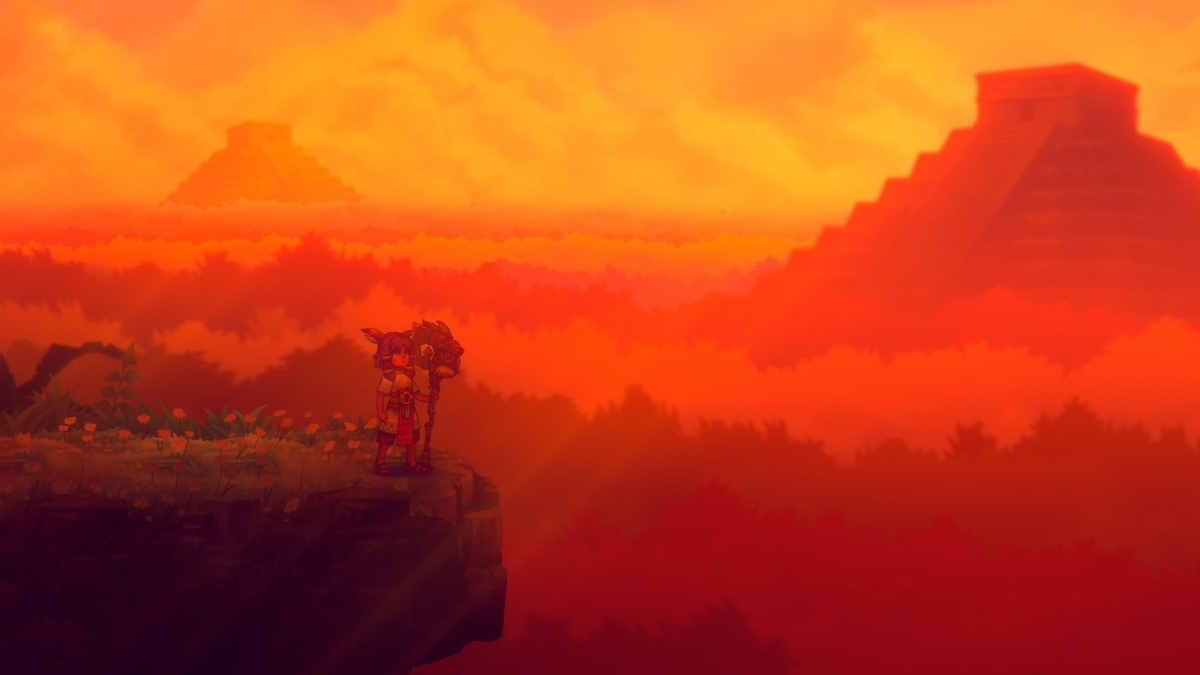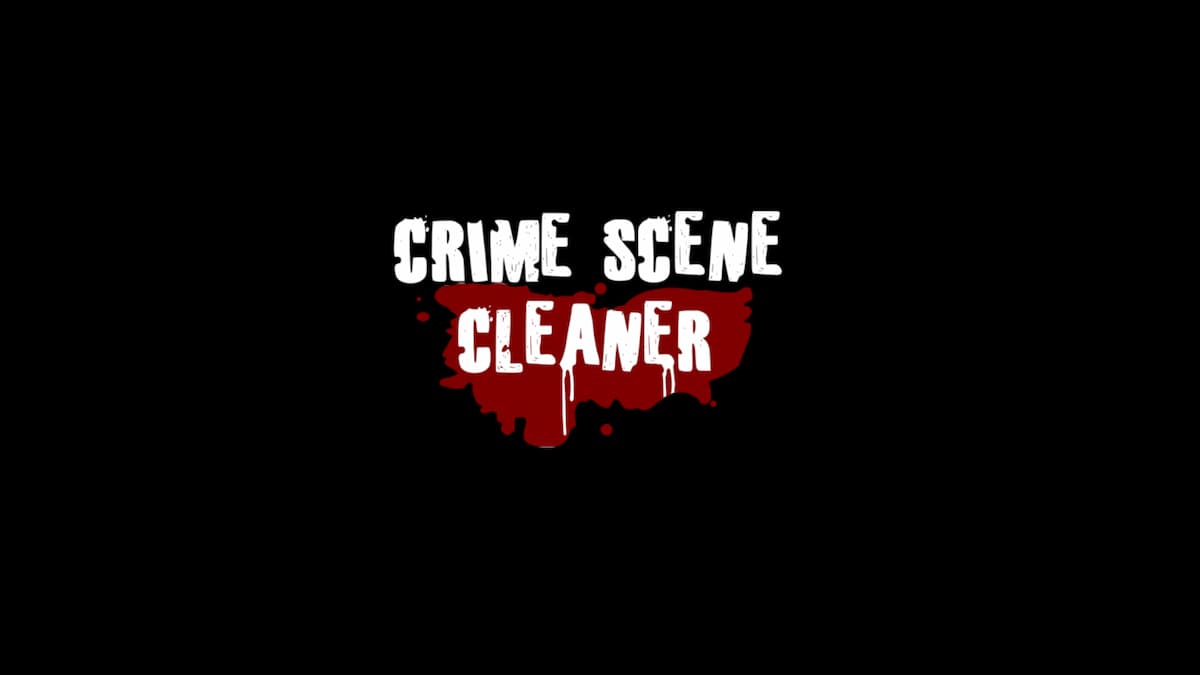ITORAH on PC
ITORAH is a Metroidvania that doesn’t do much to stand out among the pack outside of its stellar art direction. Otherwise, the game is quite average when compared to other options in the genre in regards to level design, enemy encounters, and overall challenge.
ITORAH drops players into a Mesoamerican-inspired world where a plague is spreading across the land of Nahucan. So, of course, it’s your job to figure out what’s going on and how to stop an evil plague while playing as the titular main character and only human left, Itorah. She’s joined by a talking axe named Koda who brings plenty of humorous dialogue and personality when placed next to our mostly-silent protagonist.
The story moves quickly to get you from one new biome to the next and it isn’t exactly the main focus here. It’s easy to forget why you’re doing what you’re doing even though several characters usually fill you in on what’s happening after every major boss encounter or zone completion. The thought of being able to see the next new area is what drove me forward, personally — not the plot.

The most memorable aspects of ITORAH are its hand-painted art. The game is visually amazing when it comes to the art direction and animations for Itorah and all of the backgrounds. I cannot stress enough how many times I stopped to take screenshots or simply admire what I was looking at.
In fact, I loved seeing some of the animations so much — particularly, the charged attack and high jump landing — that I’d stop progressing and repeat the same moves over and over again just to ogle at them.
The lighting is also incredible in this art style, giving a welcome vibrance to nearly every single location in the game — like in one area early on where Itorah and the foreground become silhouetted thanks to the sun in the background. The 3D space in this 2D game is creatively used to set immersive atmospheres.
Background music and sound design also do a great job at pulling you into the world of Nahucan with the audio/visual changes that transport you into certain scenes, like with that silhouette sunset. It’s just a shame that the rest of the experience isn’t on par with the high quality of everything that was just mentioned.

The biggest problem here is that the gameplay doesn’t do nearly enough to live up to the presentation. Combat, along with many platforming segments, is relatively simple, which turns out to be a pretty big negative for the game. There just isn’t much going on for many hours of the gameplay experience, especially early on.
The opening three or so hours of the game amount to long stretches of running in linear, wide open spaces that have little to do in the way of platforming as you fight easily-beaten enemies — and that includes the boss fights. The combat becomes dull because of its simplicity, and I ended up ignoring most foes by the end, only defeating the ones that blocked me from progressing.
Itorah’s move set initially contains basic axe combos and a dodge roll that eventually evolves when she acquires moves like a charged attack and ground slam, but these new abilities add very little overall. Most enemies can still be defeated using the basic moves from the very beginning of the game, save for one or two that are specifically designed to force players into testing out newly acquired attacks.
The game’s stamina meter also adds little to the experience, as it can be ignored for the most part, since regular attacks and jumps don’t deplete it. It’ll only pop up as an annoyance if you run for long stretches of time. The meter becomes almost a non-factor entirely if you choose to upgrade it along with Itorah’s health or healing items, so it’s a bizarre inclusion.

The lack of complexity in the combat and platforming removes much of the challenge from both enemy encounters and traversal. Games don’t necessarily need to be difficult to be enjoyable, but when every move you make feels safe and mistakes go relatively unpunished, you stop thinking about how best to tackle situations.
The true difficulty comes from some of the game’s controls and how it feels to move Itorah while she’s airborne. Jumps never feel quite as accurate as they should. So, for example, a corridor that requires you to use well-timed wall jumps while being chased by a giant monster becomes a trial and error affair where you attempt to figure out the exact right angle that the game wants Itorah to hit a wall at.
She’ll often crouch mid-combo when on the ground as well, which leads to taking avoidable damage. These moments get frustrating. Couple this with the fact that it isn’t possible to dodge cancel your attacks, and things get even worse.

ITORAH’s strengths are huge positives but, ultimately, its excellent visuals and overall presentation aren’t big enough reasons to turn a blind eye to the small issues that eventually start to add up as you play.
It’s tough to bounce back when the first three or so hours of an approximately 10-hour game feel largely uneventful and slow, especially when the first few upgrades to Itorah’s list of abilities feel like they could’ve been part of her kit from the start.
The potential was certainly there, with the unique Mesoamerican inspirations, beautiful art, and top-notch animations, so it’s unfortunate that I’m left feeling like this was somewhat of a missed opportunity.
- Stellar hand-painted art that brings a welcome vibrance to Nahucan.
- Great animations that bring characters and backgrounds to life.
- Mesoamerican inspiration and setting feel unique.
- First few hours are slow and unexciting, which is rough for a short game.
- Controls don't feel as responsive as they should be, especially in the air.
- Combat becomes more of a chore as you progress.
- Many large, wide-open spaces that have little to offer in the way of interesting platforming.













Updated: Apr 21, 2022 09:50 pm